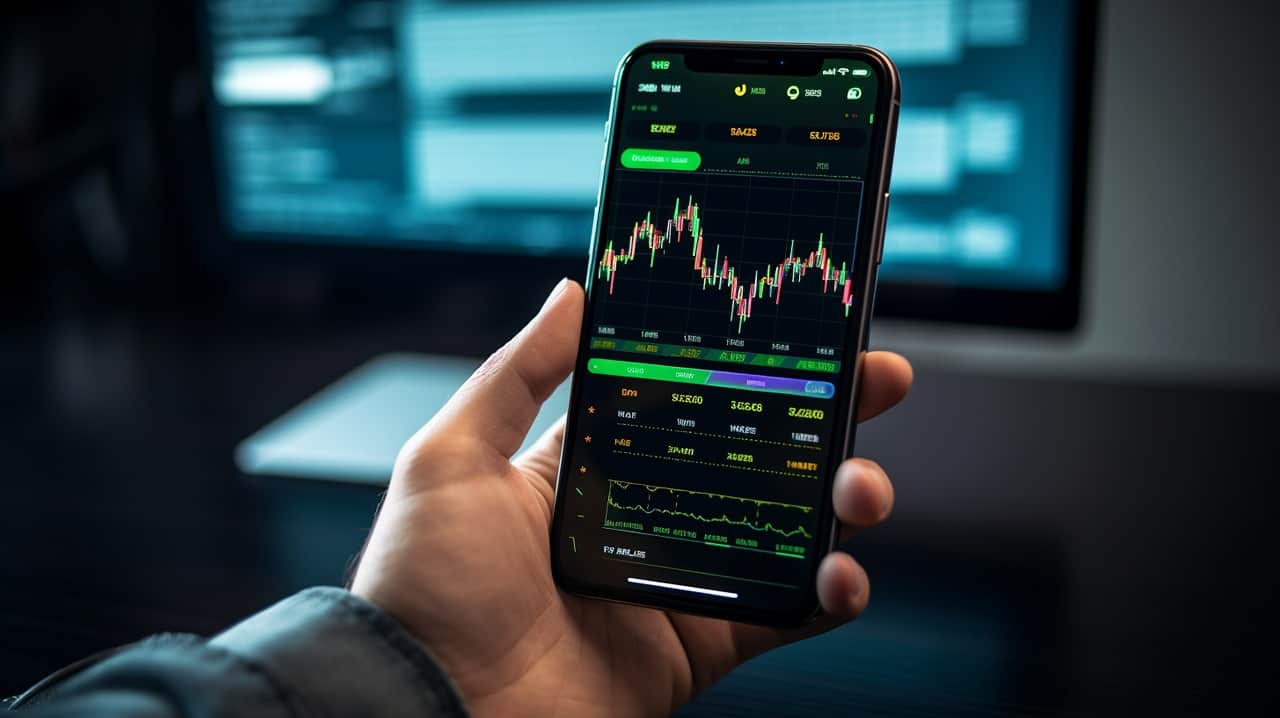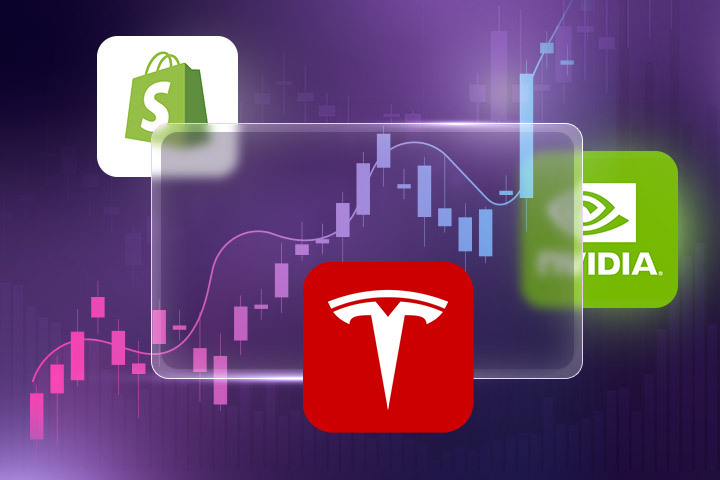What are Spot Metals?
Spot Metals trading allows traders to speculate on the live (or “spot”) prices of popular precious metals—like Gold and Silver—without taking possession of any physical bullion. Instead, positions are opened and closed based on real-time prices, giving traders the opportunity to capitalize on short-term market movements or hedge against economic uncertainties.
Trading spot metals can be appealing because these assets often serve as safe havens during times of market turbulence. However, it’s important to understand both the benefits and risks of leverage, volatility, and other factors inherent in metals markets. Below, we explore their advantages, popular instruments, and key considerations to help you get started.

Advantages of Trading Spot Metals
- Hedge Against Uncertainty: Precious metals like gold can retain value during political or economic turbulence.
- Leverage: Control larger positions with smaller capital outlay (note: leverage also amplifies risk).
- 24-Hour Market: Trade metals around the clock, similar to the Forex market.
- Diversification: Add alternative assets to your portfolio, reducing reliance on equities or currencies.
- Short-Selling Capability: Profit from downward price movements when market conditions shift.

Popular Spot Metals
Traders typically focus on metals with deep liquidity and strong market interest:
- Gold (XAU): The most traded precious metal, often used as a hedge against inflation and currency fluctuations.
- Silver (XAG): Tends to be more volatile than gold and is tied to both industrial demand and investor sentiment.
- Platinum (XPT): Scarcer than gold, often influenced by the automotive industry’s demand for catalytic converters.
- Palladium (XPD): Another key catalyst metal, with price heavily impacted by industrial usage.
Each metal has distinct supply-demand dynamics, so research is key to understanding potential price drivers.

How Spot Metals Trading Works
Spot metals trading involves buying or selling precious metals at their current market price. Unlike futures contracts, which may have expiry dates, spot markets reflect immediate settlement. Your profit or loss is the difference between the entry and exit prices.
- Margin Trading: Only a portion of the total position value is needed to open a trade.
- Spread & Commissions: Pay the bid-ask spread or any commission your broker charges.
- No Physical Delivery: Positions settle in cash rather than through actual metal shipments.
Always review your broker’s terms regarding swaps, spreads, and any holding costs that might apply to spot positions.

Risk Management & Key Considerations
Spot metals can be highly sensitive to macroeconomic events, interest rate changes, and market sentiment. Effective risk management helps maintain consistent performance:
- Stop-Loss Orders: Predetermine exit points to limit your downside if prices move against you.
- Position Sizing: Ensure trades are sized appropriately relative to your total account balance.
- Global Economic Indicators: Monitor GDP, inflation, and central bank policies that can impact metals demand.
- Technical & Fundamental Analysis: Combine chart patterns with supply-demand factors for a more complete view.
Staying informed of economic releases and market news is especially important when trading precious metals.
Risk Warning
Trading spot metals carries significant risk. Price swings can be swift and influenced by global economic forces. Leverage can amplify both gains and losses, potentially exceeding your initial deposit.
Seek independent advice if necessary and trade responsibly. Past performance does not guarantee future results.
